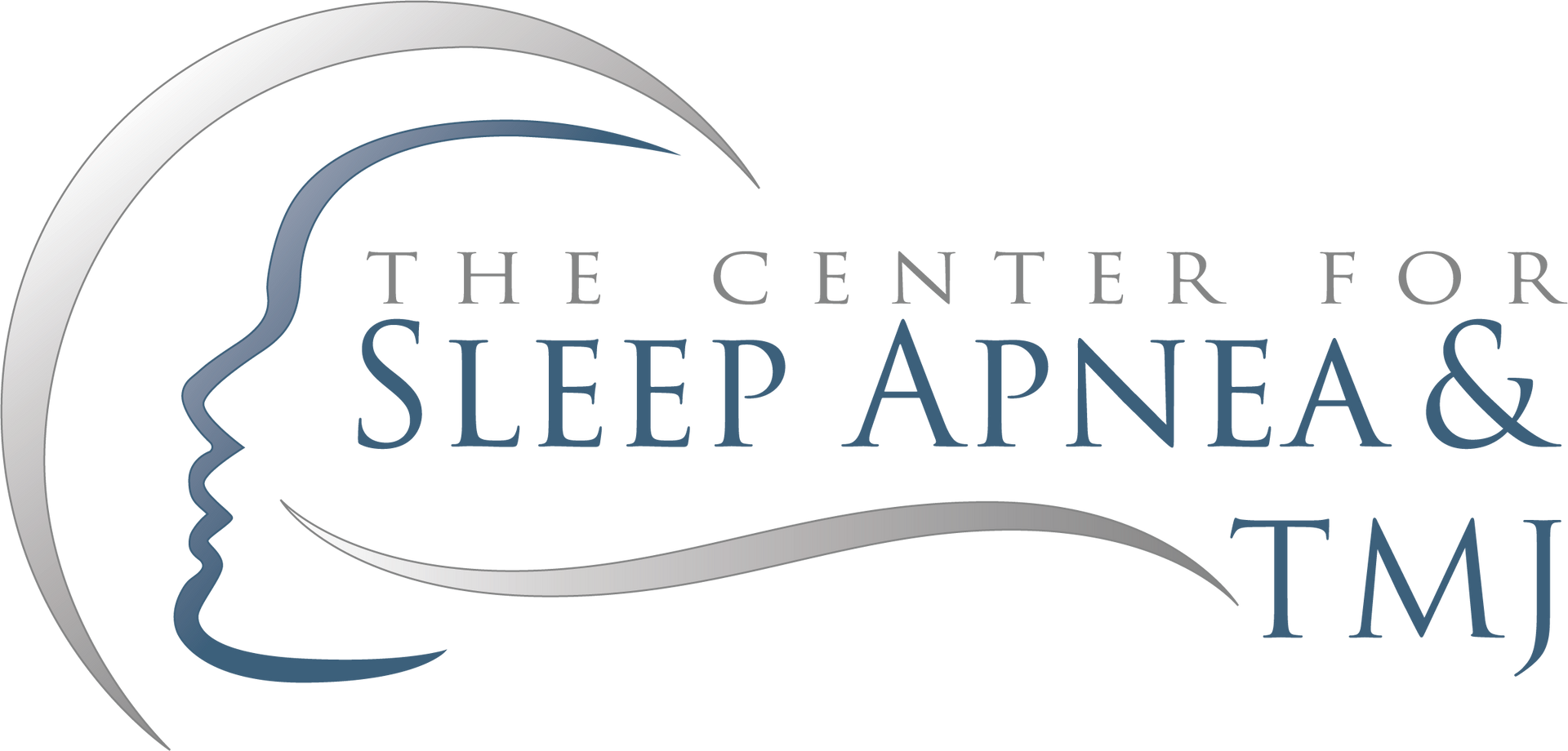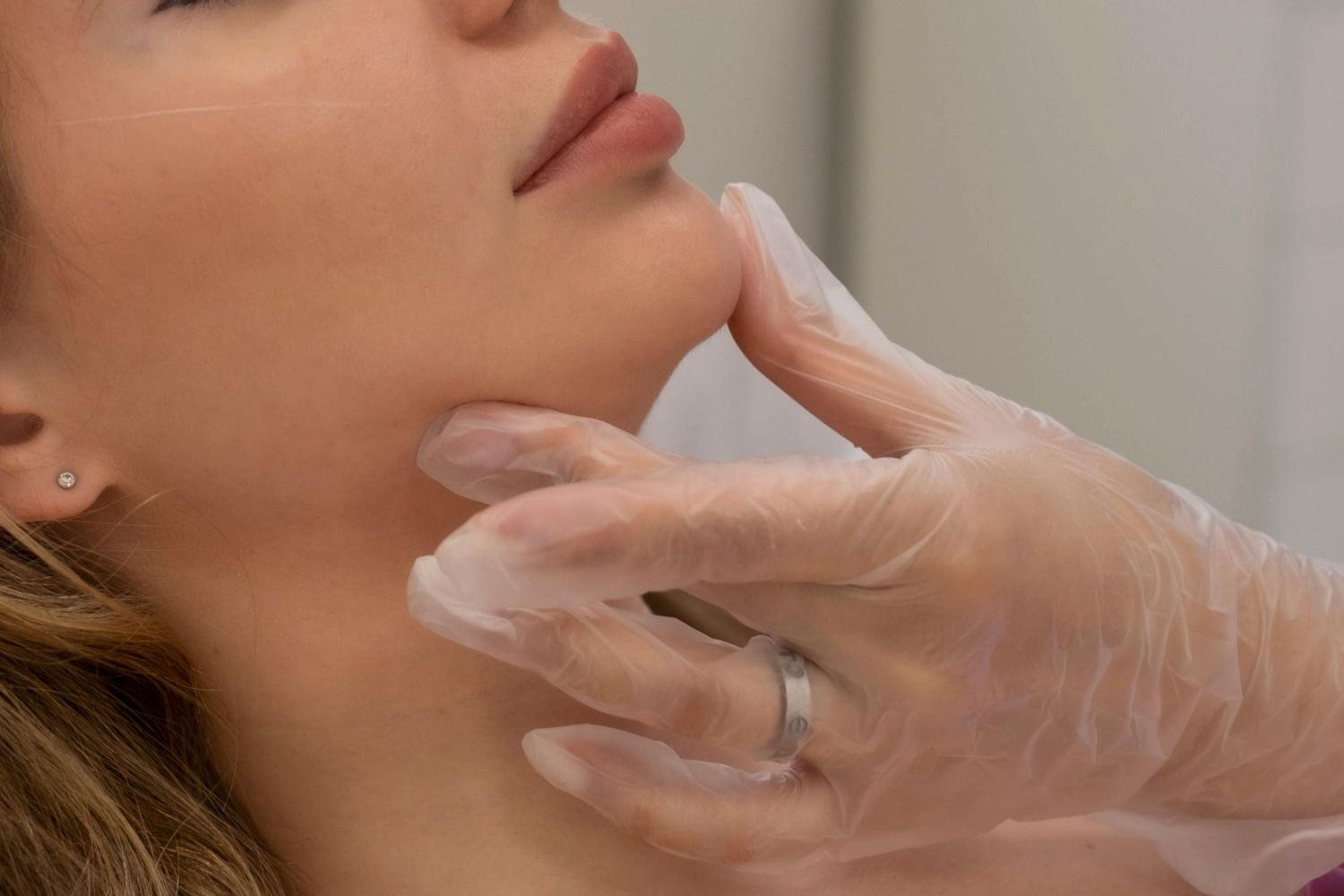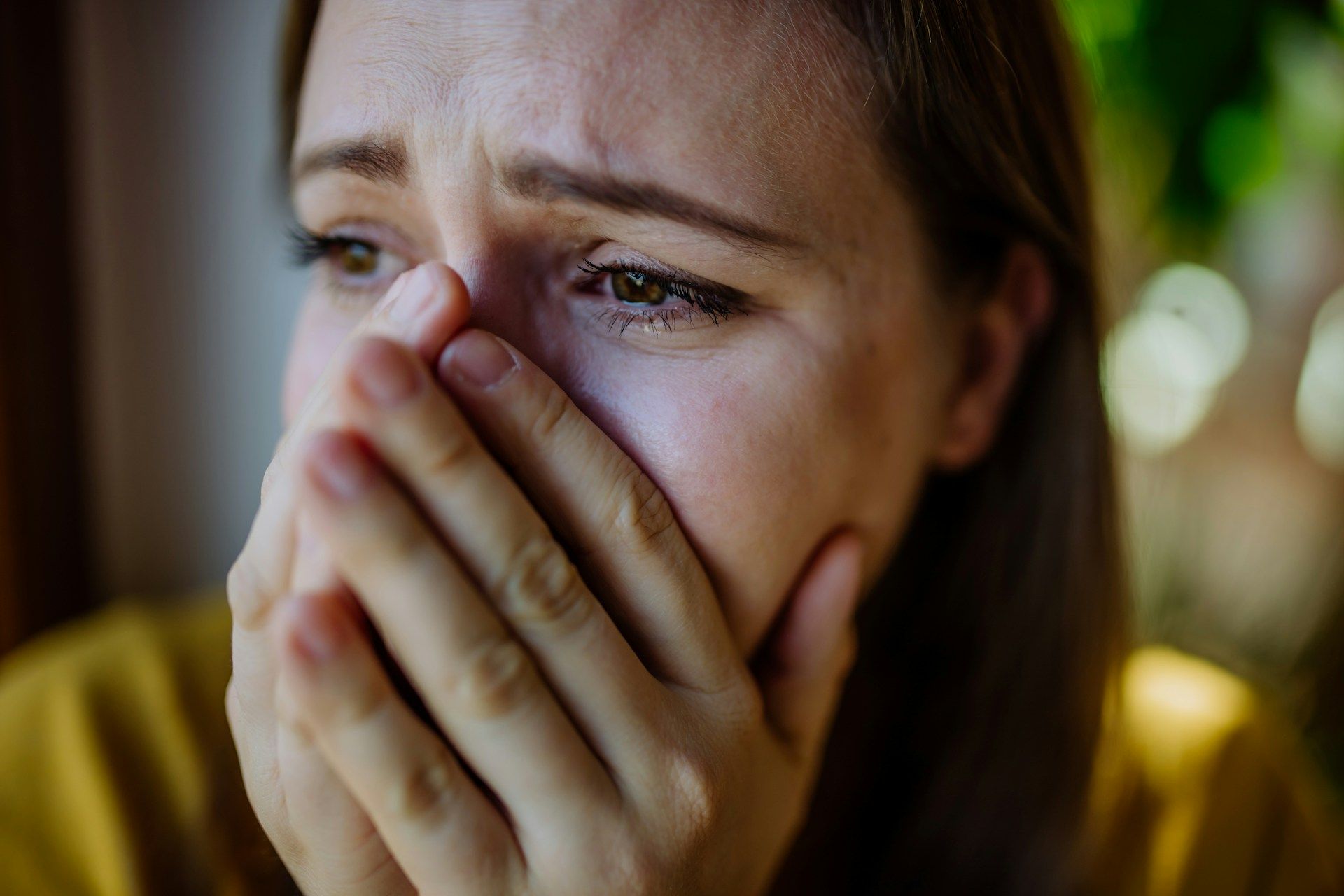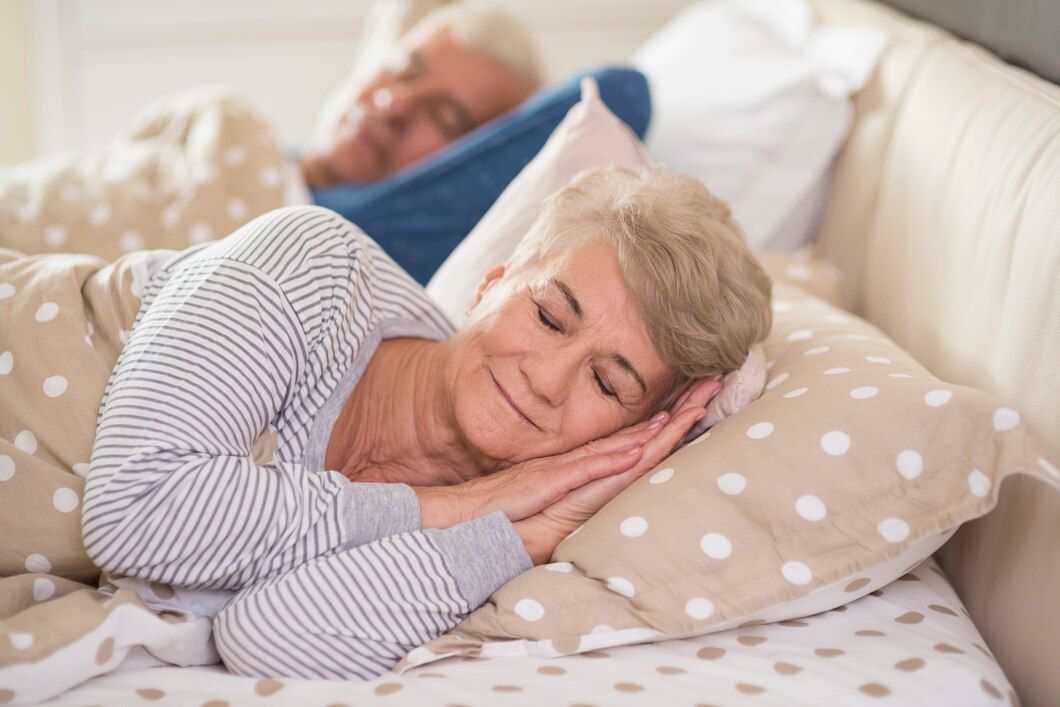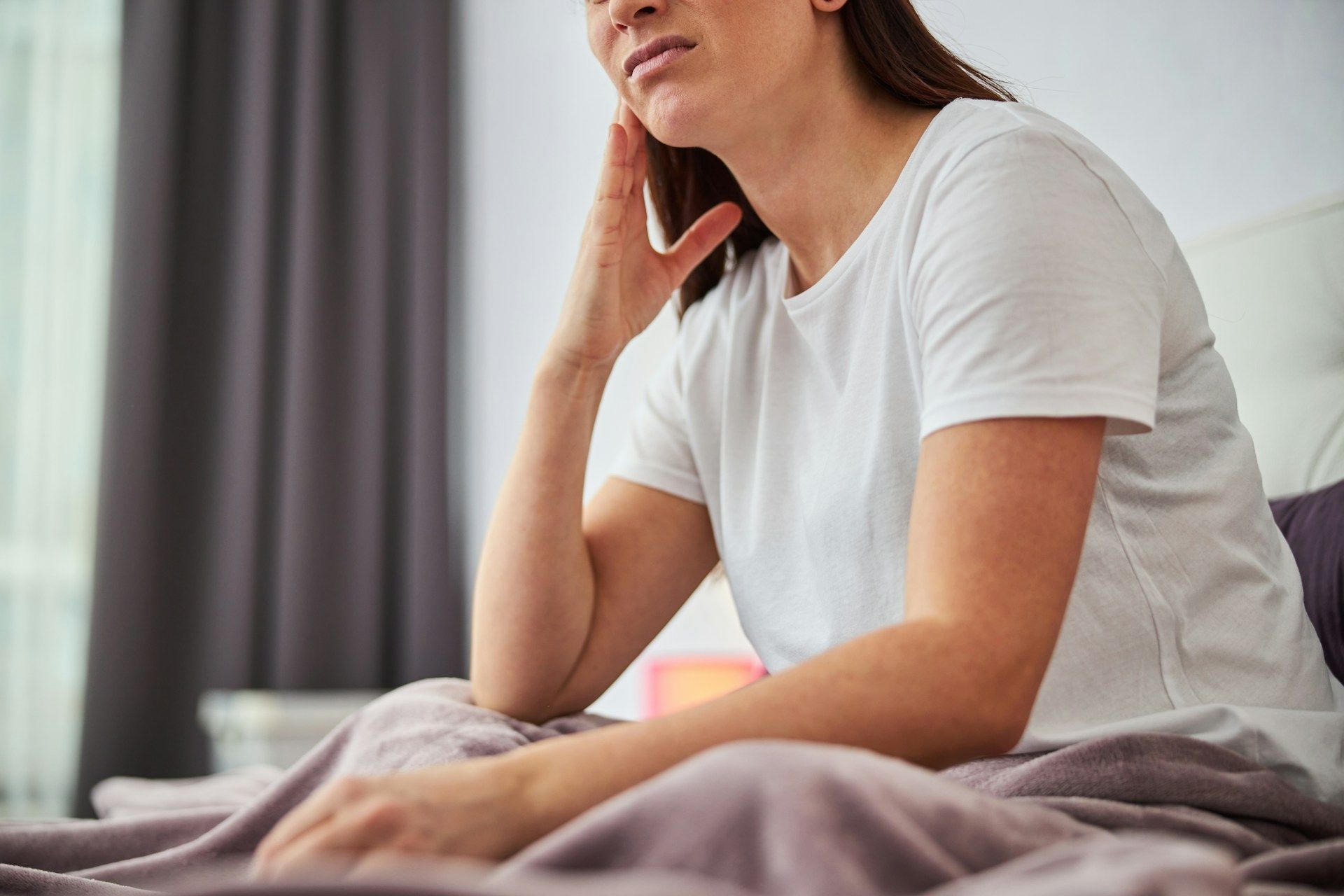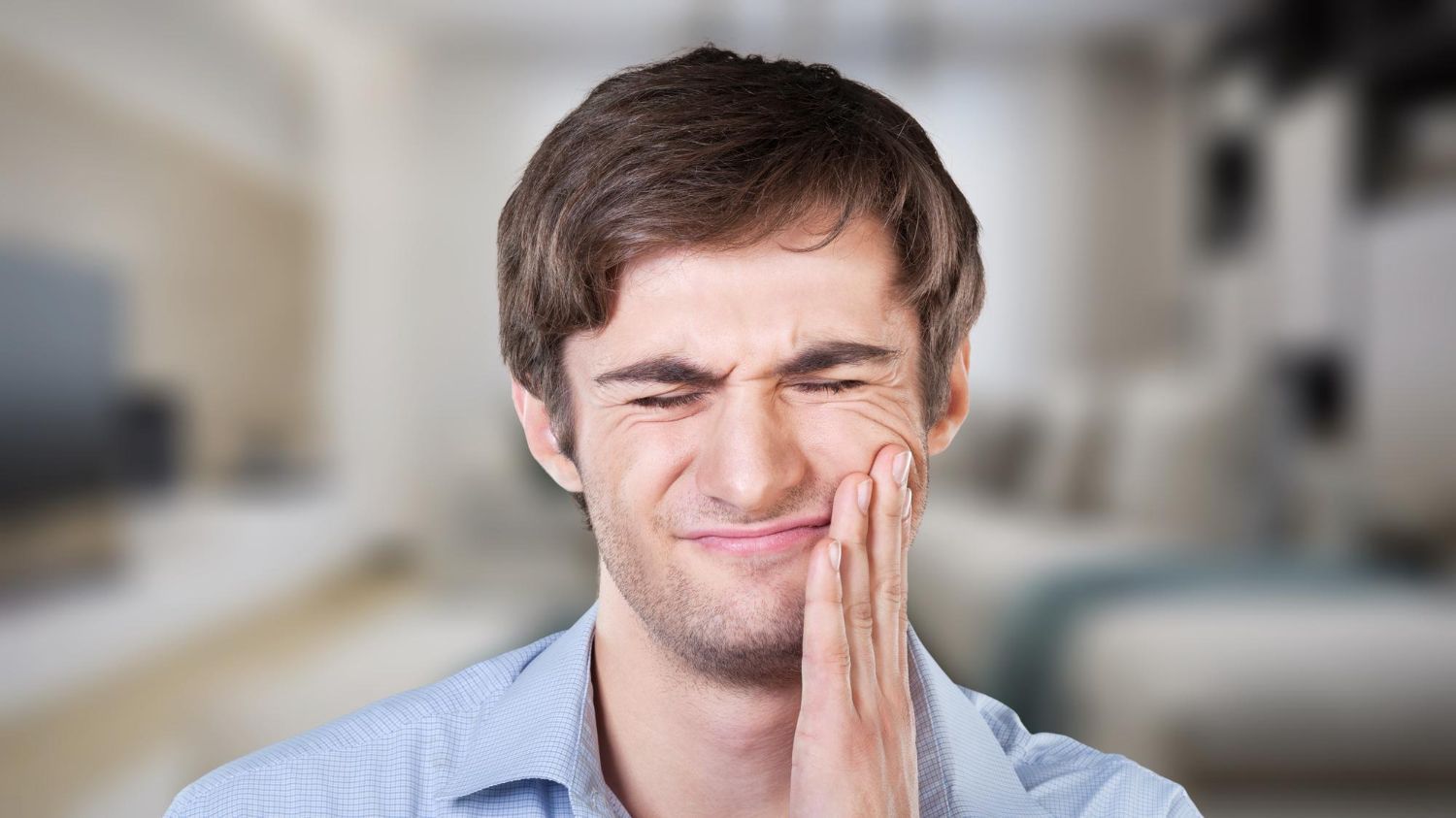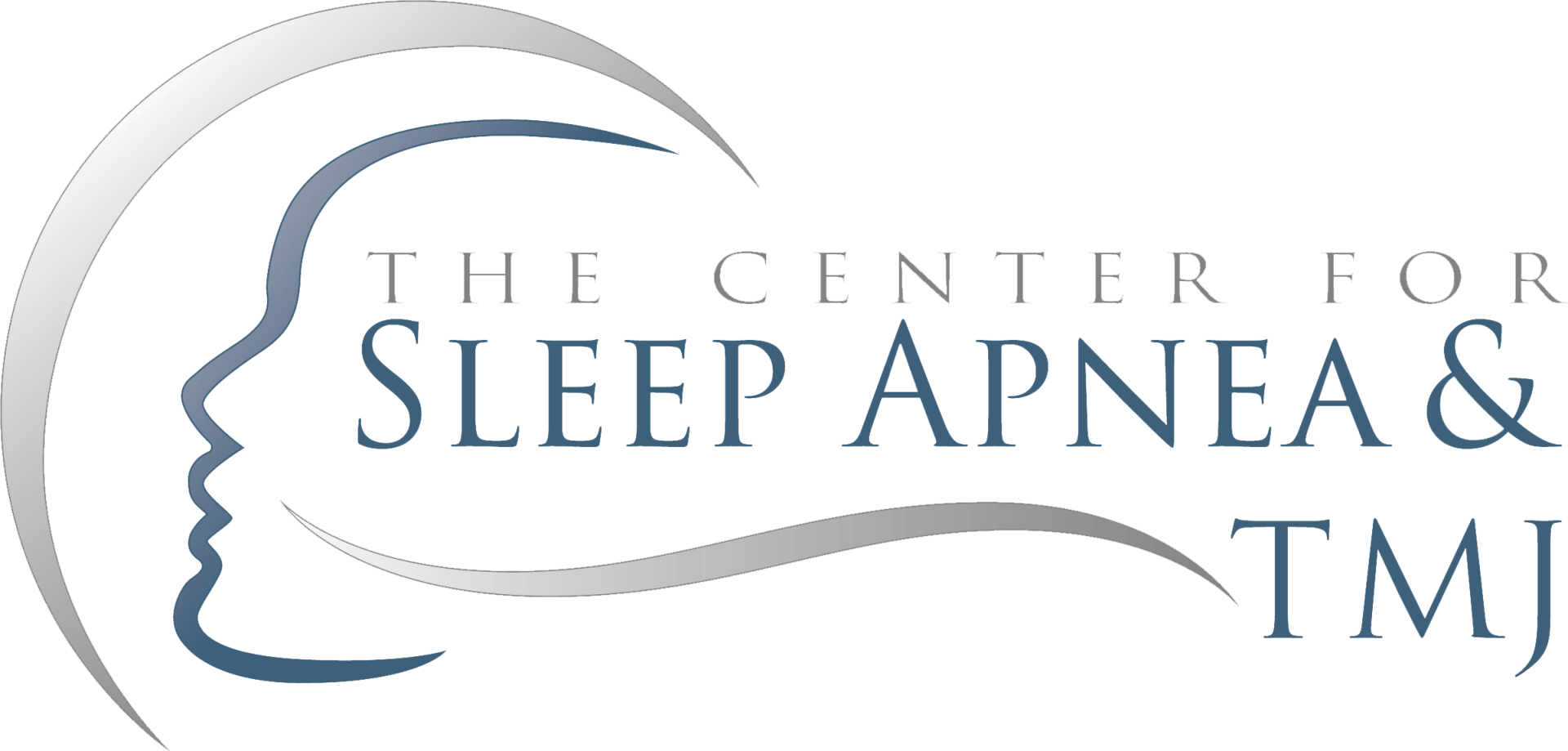What Is the Most Common Treatment for Sleep Apnea in Idaho?
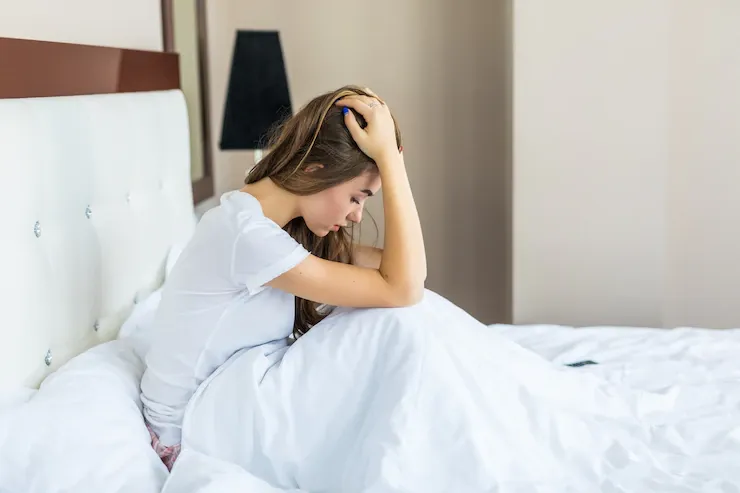
Most Common Treatment for Sleep Apnea in Idaho
A type of sleep disordered breathing known as sleep apnea refers to medical problems that cause individuals to breathe improperly or suffer breathing pauses while they sleep.
Sleep apnea can come in two different forms. Incomplete or partial airway obstructions cause breathing pauses or reductions during obstructive sleep apnea (OSA). For those who have central sleep apnea (CSA), however, breathing stops while they are asleep due to problems with the brain or nervous system.
The number of people who suffer from sleep apnea is estimated differently by several research investigations. According to some research, up to 38% of people3 may have OSA, which is more prevalent in men and older adults. According to studies on elderly people, up to 90% of men and 78% of women have OSA. CSA is a less frequent condition, affecting about 1% of people. In people who claim to have had a cardiac failure, this number rises to 4%.
Type 2 diabetes, high blood pressure, and other conditions are more common in those with OSA. Untreated OSA can cause temporary brain damage, according to research. The good news is that there are a variety of sleep apnea therapies that can aid in lowering the likelihood of these side effects.
Our doctor may suggest making lifelong, heart-healthy lifestyle adjustments to you if a sleep study reveals that you have sleep apnea. In order to keep your airways open while you sleep, you could additionally require breathing, oral, or surgical equipment. This is not a new sleep apnea treatment is has been tried and tested.
Modifications to a healthy lifestyle
You might need to make life healthy lifestyle adjustments in order to help treat your sleep apnea. These include of engaging in regular physical activity, preserving sound sleep patterns and a healthy weight, abstaining from alcohol, and giving up smoking sometimes this can be the best treatment for sleep apnea these are not new TMJ treatment, you can start treatment at home. Additionally, your doctor could advise you to sleep on your side rather than your back. As you sleep, this keeps your airway open.
At the Center for Sleep Apnea and TMJ Idaho we are committed to finding the best solution for sleep apnea so you can get some well-deserved rest. We offer sleep apnea treatment Boise, Idaho so don’t have to look too for help.
Breathing devices
Constant Positive Airway Pressure (CPAP)
One of the latest treatments for sleep apnea is Continuous positive airway pressure (CPAP), which is typically the first course of treatment given to patients with moderate to severe obstructive sleep apnea, is regarded by doctors as the gold standard treatment7 for OSA. A CPAP machine typically plugs into an outlet near to a person's bed and connects to their face through a tube that goes to a mask that either covers their mouth and nose or just their nostrils. The air is then blown into the sleeper's airway by the CPAP machine8, decreasing the likelihood that their airway will close while they are breathing while they are asleep.
The best way to treat sleep apnea is CPAP, although many patients who are given CPAP do not use it as frequently as they should. For the treatment of central sleep apnea, CPAP therapy is less successful. When treating persons with CSA or mixed sleep apnea, oxygen may occasionally be used in addition to a CPAP machine.
Air is only pushed out of CPAP machines at a single pace, which is frequently set by the doctor to the average rate the sleeper requires. There are various options available because some people have problems enduring this constant air pressure.
When you also adjust to a healthy lifestyle, breathing devices perform best. The following are possible adverse effects of CPAP therapy:
• Congestion
• Dry eyes
• Dry mouth
• Nosebleeds
• Runny nose
Stop using your CPAP machine immediately and get in touch with your doctor if you suffer bloating or discomfort in your stomach.
Your need for a different kind of breathing device such as an auto-adjusting positive airway pressure (APAP) machine or a bilevel positive airway pressure (BPAP) machine, will depend on the type of sleep apnea you have. Information about maintaining your breathing apparatus can be found under Living With Sleep Apnea.
Oral Device
By physically opening the airway, oral appliances are intended to lessen OSA symptoms. When a patient discovers they are unable to tolerate one of the PAP machine treatments, oral appliances are frequently only prescribed. The most typical two oral appliances are:
If you have sleep apnea and do not want to use or cannot tolerate a CPAP machine, your doctor may prescribe an oral device. They would advise you to seek out a dentist who can create an appliance especially for you, ensure that it is cozy, and show you how to utilize it for the greatest outcomes.
Mandibular Advanced Splints (MAS): This procedure entails the use of a dental appliance that is constructed to fit over the top and bottom teeth and pulls the lower jaw forward. By maintaining the tongue forward and the jaw forward, MAS increases the likelihood that the airway will remain open. When a patient cannot tolerate a PAP machine, MAS therapy is one of the most frequently prescribed therapies, but each patient responds differently to it. In cases of bothersome snoring and mild to moderate OSA, MAS might be most effective.
Treatment for Your Facial Muscles and Mouth
Tongue-Retaining Devices: These devices use suction to hold the tongue forward in order to maintain a clean airway. Tongue-retaining devices19 have been shown to help lessen the severity of OSA symptoms, although they are not as efficient as CPAP. They might work better for short-term use, according to researchers. These gadgets' low price and availability without a prescription is another benefit.
Surgical procedures
If various therapies do not help you, surgery can be required. Possible surgical techniques include:
Tonsils and adenoids are removed during an adenotonsillectomy. Surgery to implant a device that tracks your breathing patterns and controls some of the muscles that open your airways while you're sleeping surgery to make your upper airway larger by removing some of the soft tissue in your mouth and throat. Maxillary or jaw advancement surgery helps to widen your upper airway by moving your lower jaw (mandible) and upper jaw (maxilla) forward.
Changes in Lifestyle to Treat Sleep Apnea
The intensity of OSA symptoms may be lessened by a variety of lifestyle variables.
Weight Loss: According to research, many people's OSA symptoms can become better when they lose weight. Medical practitioners may advise bariatric surgery or even diet and exercise for their obese OSA patients for this reason.
Exercises for the throat, also known as oropharyngeal exercises, have been shown to lessen the severity of OSA symptoms. They involve making repeated movements with the tongue, soft palate, and throat. After performing the exercises consistently for three months, individuals in various trials employing these exercises report improvements in their OSA symptoms. The reasons why these activities work are still a mystery to experts.
Altering Your Sleep Position: For some patients, positional therapy might lessen the severity of OSA symptoms. For many OSA sufferers, back sleeping is linked to more severe symptoms, hence positional therapy typically entails working to get a patient to cease sleeping on their back.
Avoiding Sedatives and Alcohol: If at all feasible, people with OSA should steer clear of sedatives and alcohol in the hours before bed. Alcohol is known to worsen OSA symptoms by loosening up the muscles that line the airways29, which results in obstructions.
Our sleep doctor at our meridian sleep apnea clinic will describe their treatment strategy for you after diagnosing sleep apnea. Make another appointment at the Center for Sleep Apnea and TMJ Idaho if you are experiencing symptoms of sleep apnea, or you are struggling to follow a treatment regimen, such as CPAP therapy, to discuss if it is time to terminate the regimen and what other regimens they advise attempting next.
